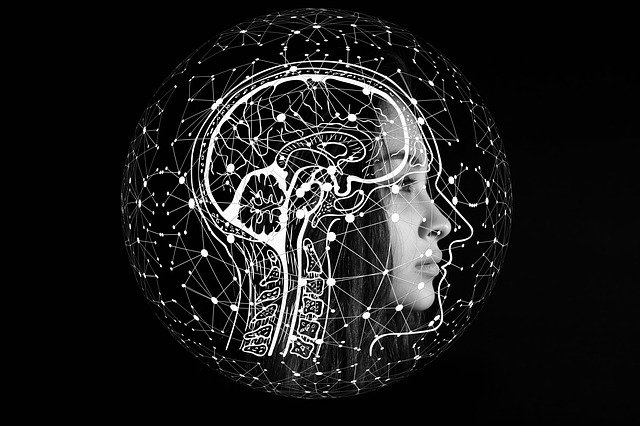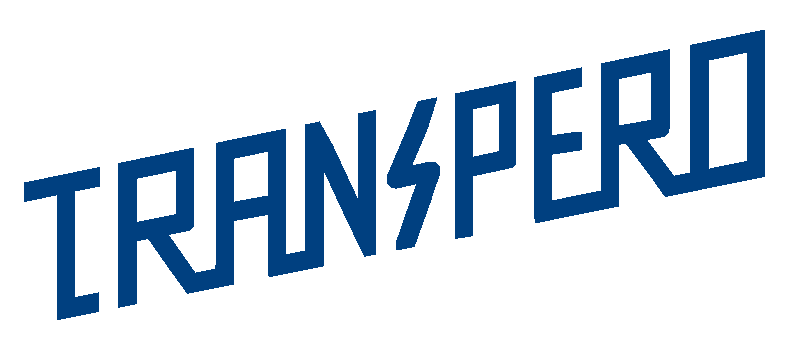
Workforce intelligence can help you see the broad picture by giving a comprehensive perspective of your complete project pipeline and related project allocations. It also allows you to concentrate your attention to better assess how project teams, specific regions, and individual project roles are doing.
While it appears that AI-assisted construction is still in its infancy, there are still things to ponder about where workforce intelligence might fit into the building sector. In short, workforce intelligence can help improve efficiency and productivity in the building processes.
You may anticipate workforce intelligence to play a more vital role in construction in the future years as market barriers to entry continuously fall and developments in AI, machine learning (ML), and analytics accelerate.
In this article, you’ll discover how to apply workforce intelligence on a construction site in various ways. If you are in search of workforce intelligence software, check out Bridgit.
Contents
What Is Construction Workforce Intelligence?
In today’s world, technology is becoming increasingly important in the administration of construction workforces. Mobile technologies, wearables, and worker monitoring technology help to track project progress and ensure long-term success.
Workforce intelligence provides employee data, behavior, and trends that create complete and reliable data. When combined with powerful analytics and rich visualization, workforce intelligence can help HR find helpful workforce management suggestions.
Construction workforce management uses technology, techniques, and procedures to increase the efficiency of construction workers and projects while also ensuring that all available resources and labor pools are utilized to their full potential.
Similarly, technologies such as BIM, preconstruction, and construction workforce management applications are also helpful to simplify training and communication procedures while also tracking the crucial performance indicators.
Tips For Using Workforce Intelligence For Construction
Here are a few tips for utilizing workforce management in construction projects.
AI-based Construction Solutions
AI-based construction solutions may assist in a variety of ways during the construction process. Some of the benefits of AI in construction are construction execution planning, updating construction sequences, and job management. Furthermore, AI has the potential to boost construction execution productivity.
By comparing the digital twin of the structure in the Building Information Modeling (BIM) cloud against the physical representation, AI-based technologies might discover conflicts, delays, and modifications throughout the construction process.
Accurate Forecasting
The great majority of building projects do not meet their deadlines or budgets. This is a common and ongoing issue, exacerbated by frequent delays, resulting in significant cost overruns.
You may use the data collected by construction workforce management software to produce more precise projections. CMs and GCs can follow workers’ movements, minimize hazards, and avoid potentially costly delays with better insights.
Task Allocation
It might be difficult for project managers to assign responsibilities to staff while maintaining the construction project’s efficiency. You may allocate duties to employees based on their aptitudes and abilities using management software.
The program will also alert staff availability to work on a project at any given moment and assist employees with task management. Staff who enter the system will receive completion reminders and notifications to ensure that all projects are running smoothly.
Data Capture And Analyzing
Workforce intelligence construction equipment can collect 3D images of your construction sites automatically. You may then feed that information into a deep neural network, which will classify the development of your project’s many elements.
This enables your management team to address minor concerns before they escalate into significant difficulties.
In the future, algorithms will analyze infinite combinations and alternatives based on comparable projects using “reinforcement learning,” an AI approach that allows algorithms to learn via trial and error.
Automate The Monitoring Of Site Activities
Your company can make better options based on hard facts if you automate your activity monitoring. You can record, track, and categorize anything that comes in and out of the job site, whether it’s trucks, equipment, or people, using a mix of workforce intelligence and AI.
You may learn more about your job site by keeping track of what happens there.
You may use this information to send out warnings and notifications, for example, to prompt quick reactions. This is necessary to avoid safety concerns, keep track of costs and resources, and maintain staff efficiency. Stakeholders can access data collected from the job site for real-time updates.
Recruitment Optimization
Recruitment is another area where workforce intelligence may be beneficial. You can shorten the recruiting cycle, save costs associated with it, and remove manual labor for your recruiting team, allowing them to focus just on the priorities with smart data in place.
As you go, you’ll be able to build your future workforce architecture, including recruitment activities, into strategic workforce planning. The information you obtain will enable you to predict future difficulties and, as a result, model workforce changes – as well as recruitment goals.
Things To Consider
Here are a few things to keep in mind about workforce intelligence.
Concentrate Solely On The Information You Require
Rather than attempting to evaluate all of the employee data you gather, focus your attention on particular data that is critical to driving decision-making in your unique problem.
Make Sure You Have The Proper Staff And Technology
Working with analytics necessitates a wide range of skills and solutions, and digital literacy is at the top of the list of main talents for the future. Make sure your workforce intelligence team has people with excellent analytics skills who are well-versed in technology.
Incorporate A Data-Driven Strategy Into The Company’s Culture
When workforce intelligence is implemented as a stand-alone initiative focusing on a particular problem that has to be addressed right away, it eventually aids in the improvement of that process. Monitor the data and insights frequently and learn from your mistakes to make it genuinely better.
Endnote
If you want to keep your construction company growing, you’ll need to manage your workers. Modern technologies, software, and procedures are making workforce management easier than ever while also ensuring that your staff has the data and resources they need to be productive.
You can decrease production costs, enhance the visibility and accountability of your crew, and better manage human resources when you use a reliable software solution to apply efficient construction work practices. All of these elements will improve your company’s performance and profitability.
